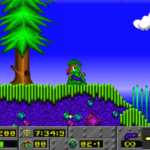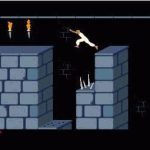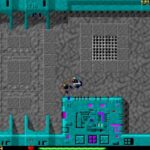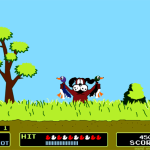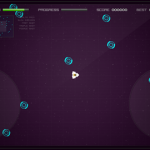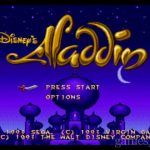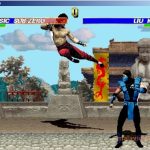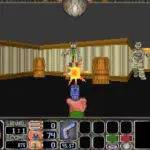Wolfenstein 3D – Classic First-Person Shooter
Step into the boots of William “B.J.” Blazkowicz and fight your way through Nazi strongholds in Wolfenstein 3D, the groundbreaking first-person shooter that defined the genre! Armed with an array of weapons, you must navigate labyrinthine corridors, battle fierce enemies, and face terrifying bosses as you work to escape and sabotage the Nazis’ evil plans. With its revolutionary 3D graphics, intense action, and strategic gameplay, Wolfenstein 3D remains a classic of the FPS world.
✅ Features:
- Innovative first-person shooting with immersive level design
- Multiple weapons including pistols, machine guns, and more
- Diverse enemies including Nazi soldiers, dogs, and bosses
- Iconic retro graphics and sound effects
🎮 How to Play:
- Move B.J. Blazkowicz using arrow keys or mouse
- Shoot weapons with the CTRL or assigned key
- Collect ammunition and health packs to stay alive
- Navigate through levels, defeating enemies and uncovering hidden rooms
- Defeat bosses at the end of each chapter to advance
Take on the Nazis in Wolfenstein 3D and save the world from their evil plans! Play now and experience the roots of modern first-person shooters! 🔫👾💥

